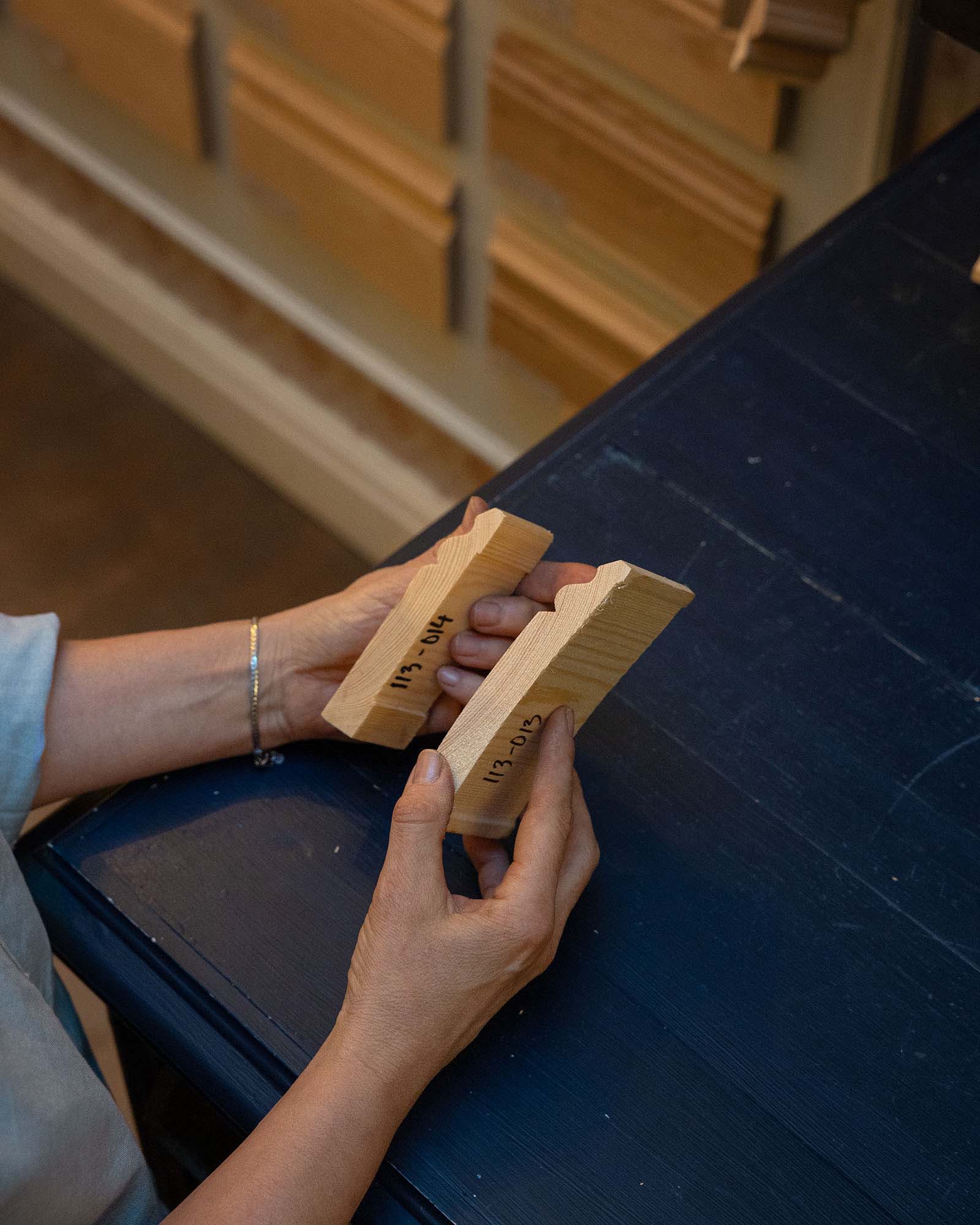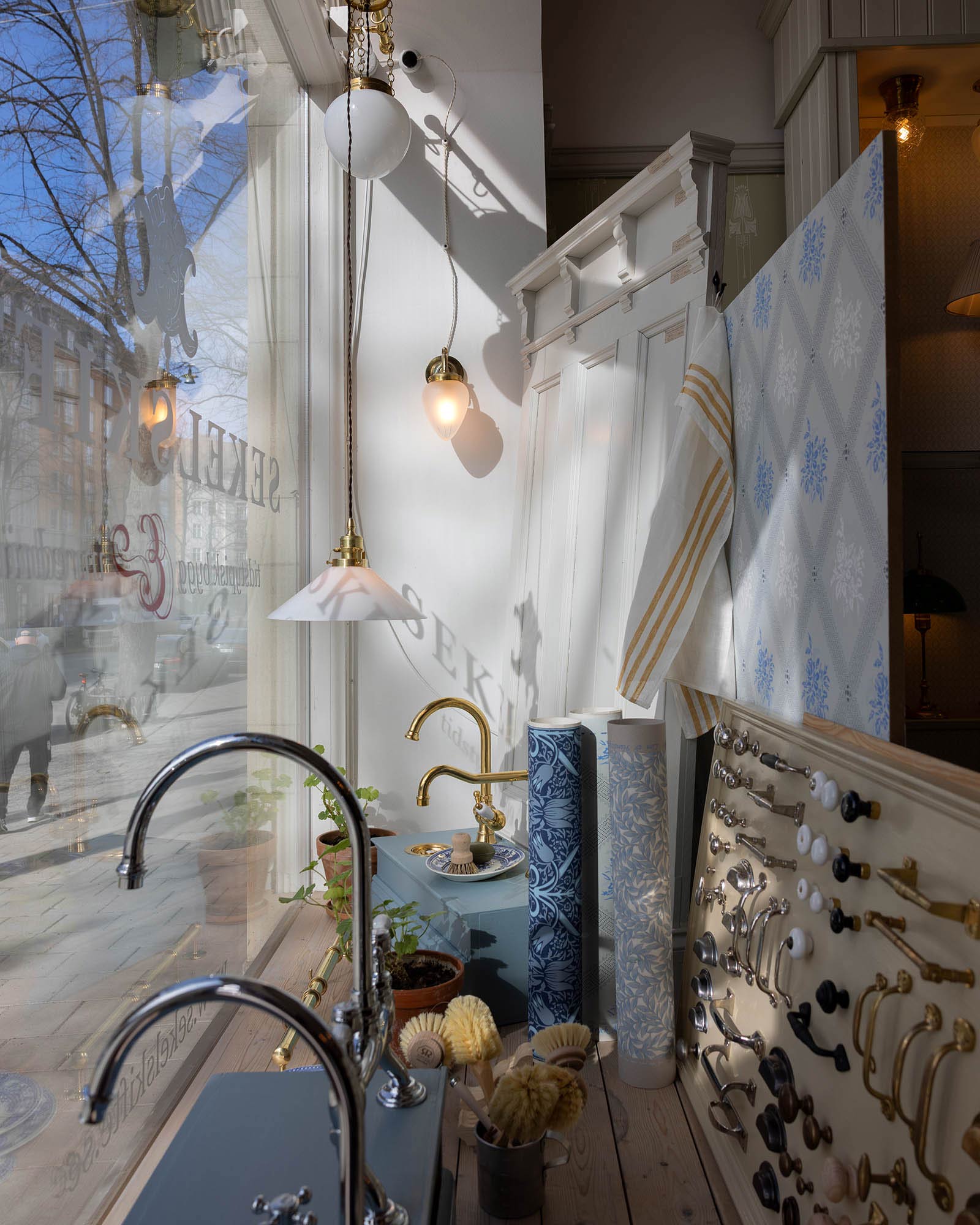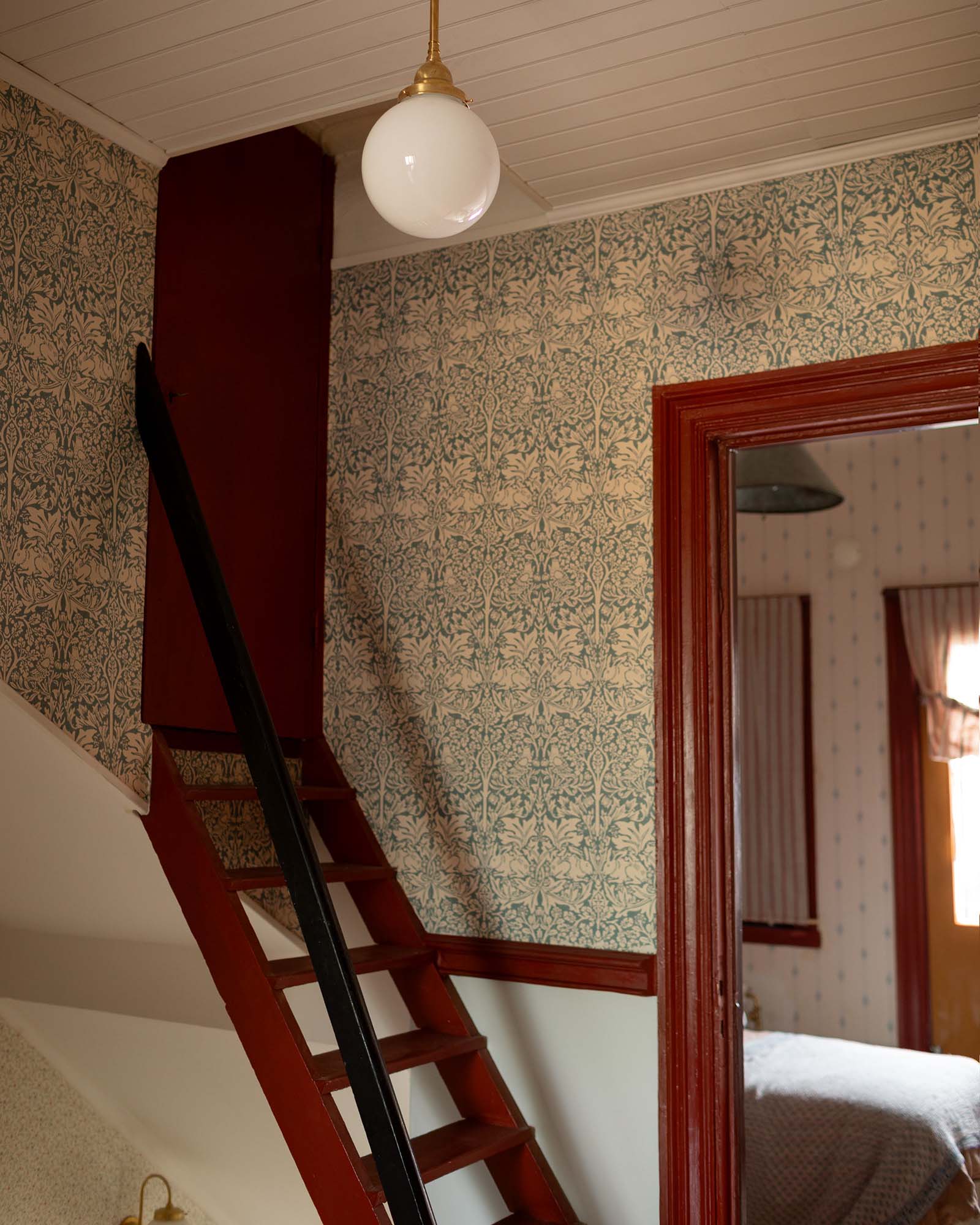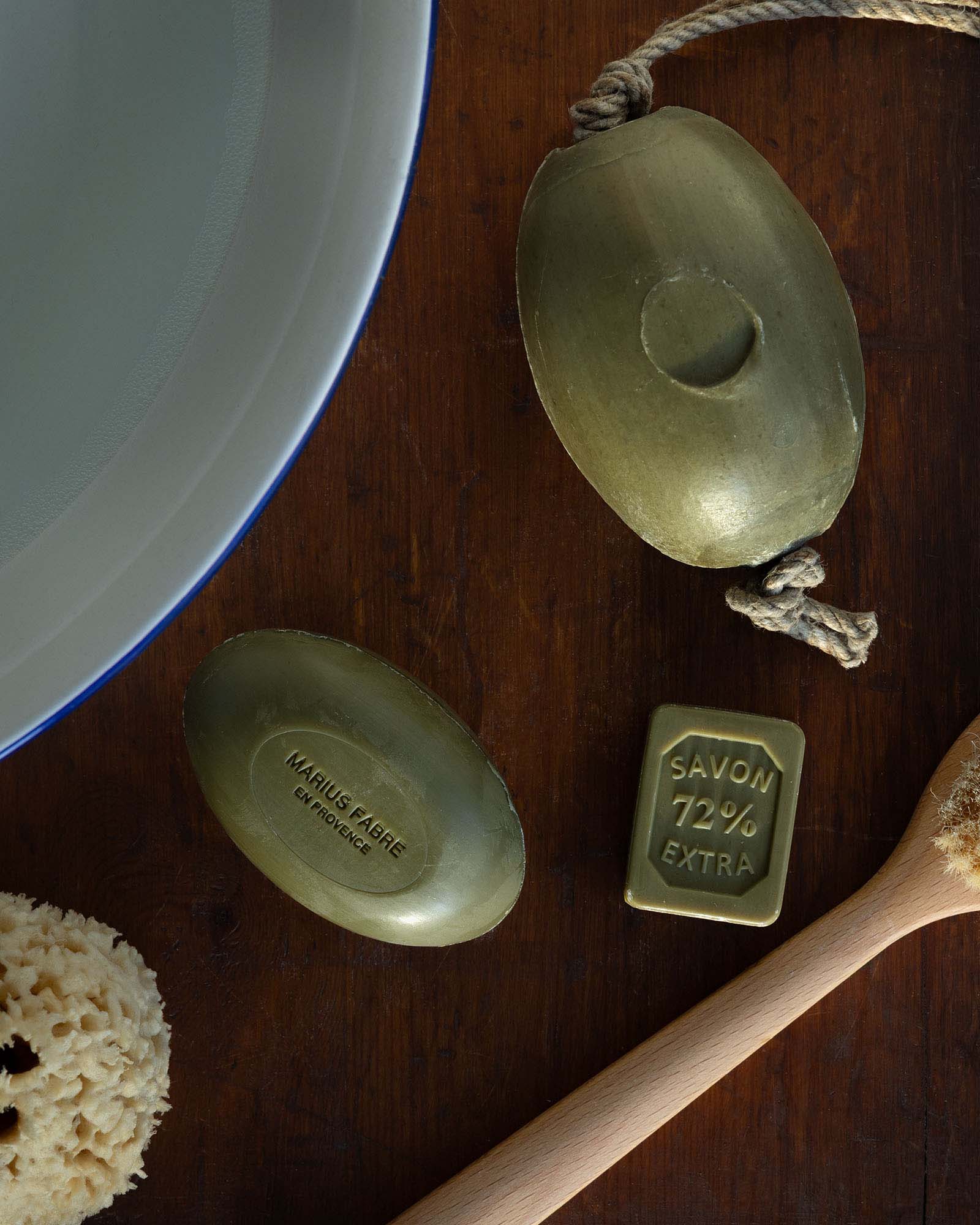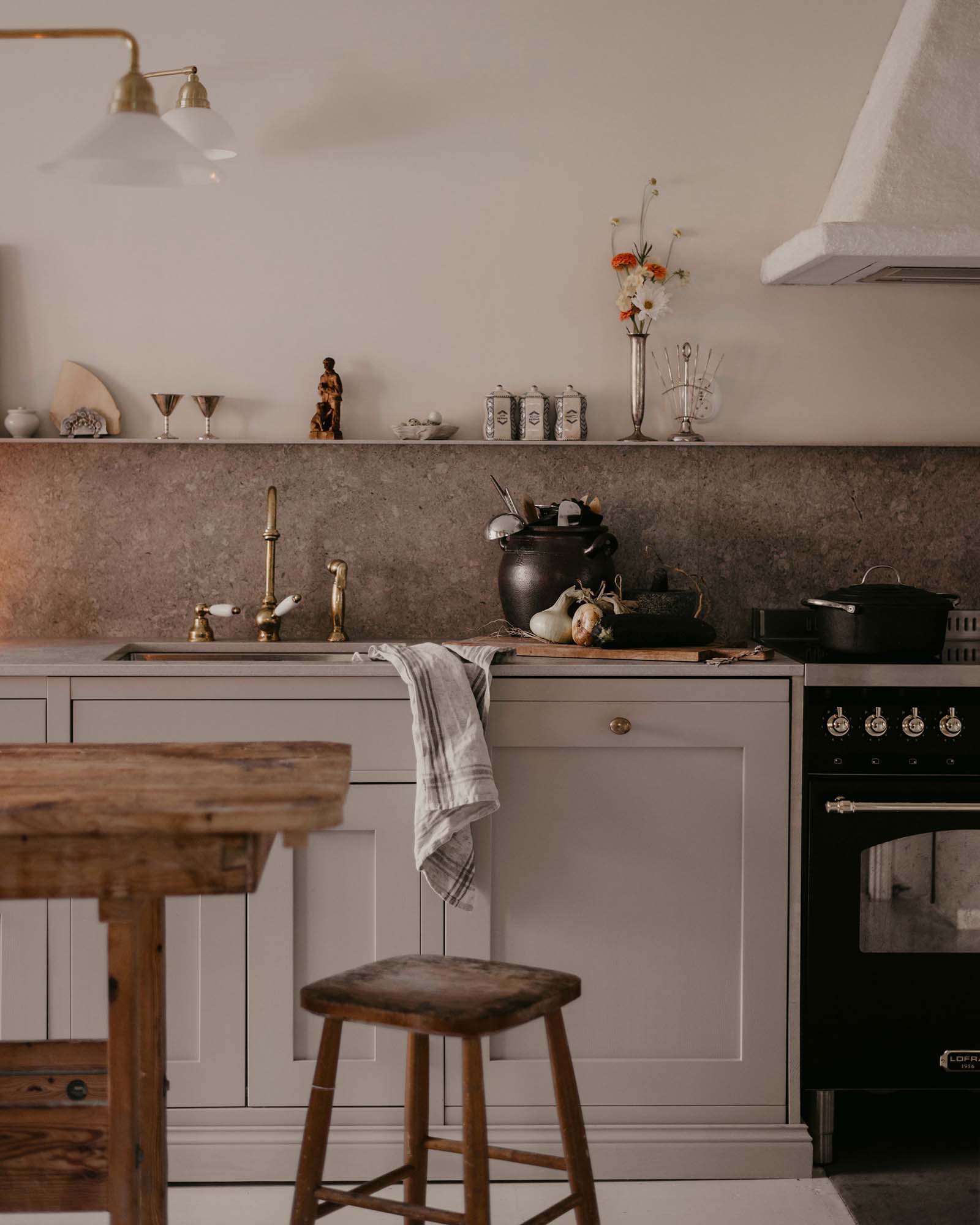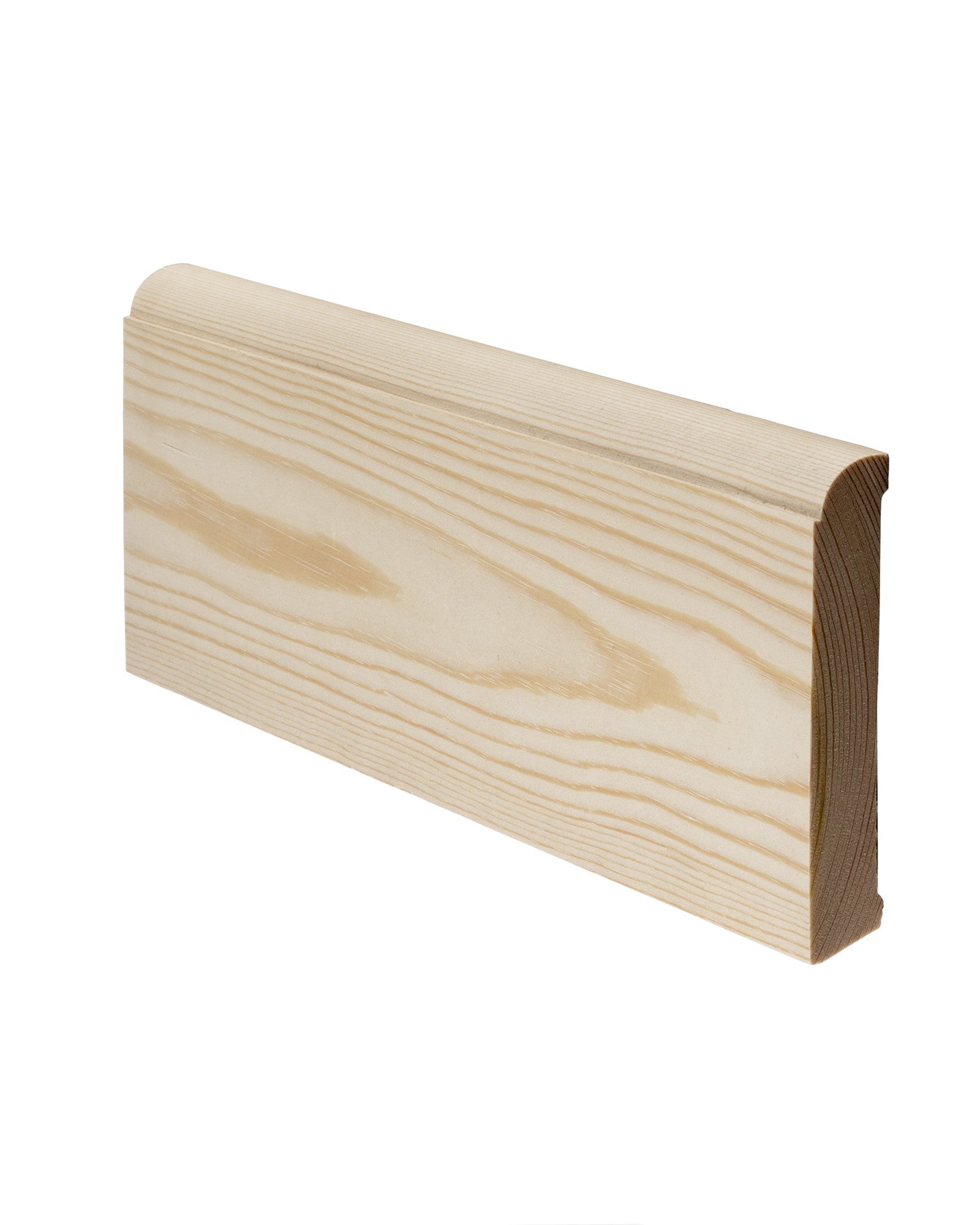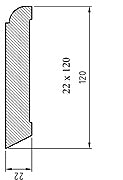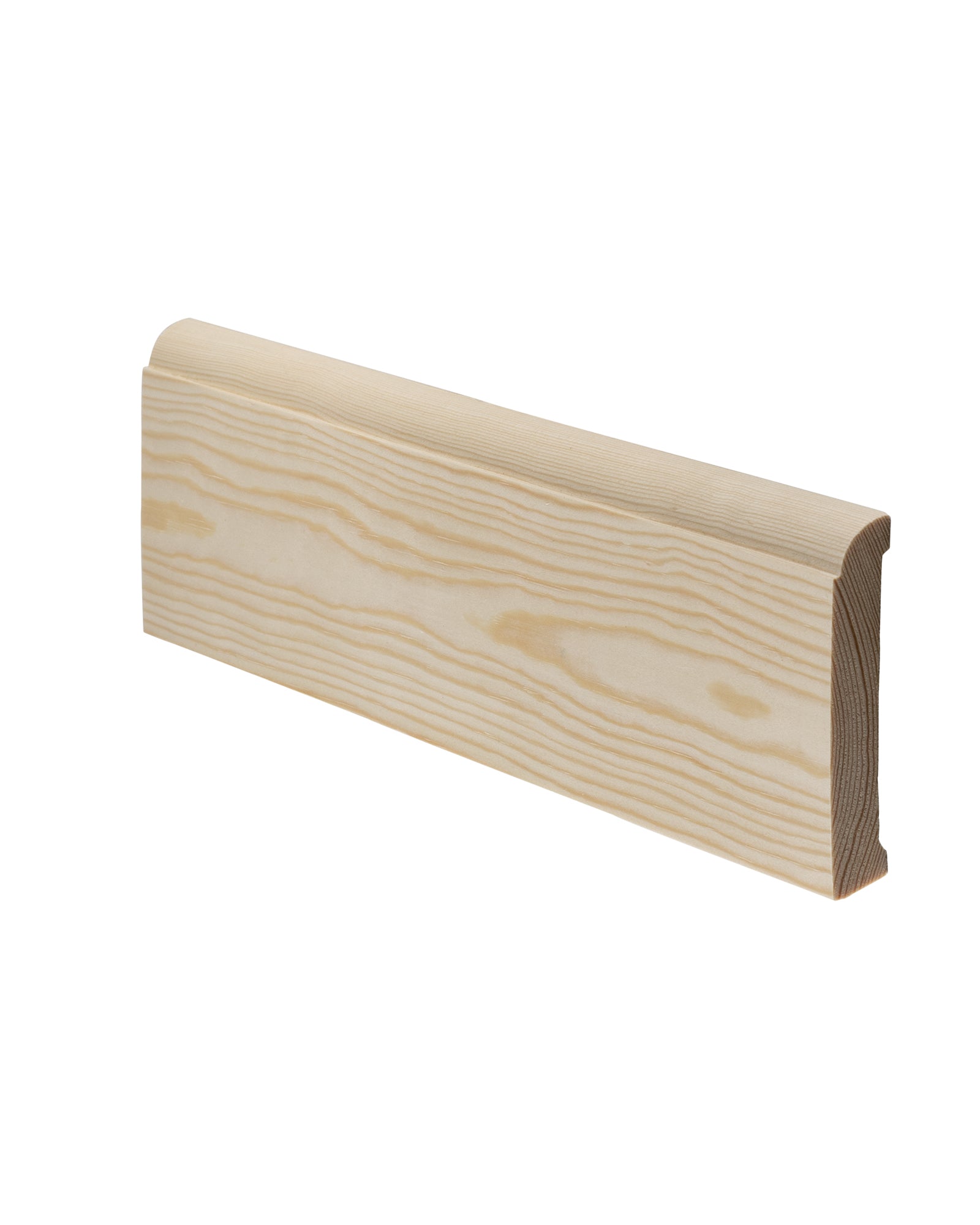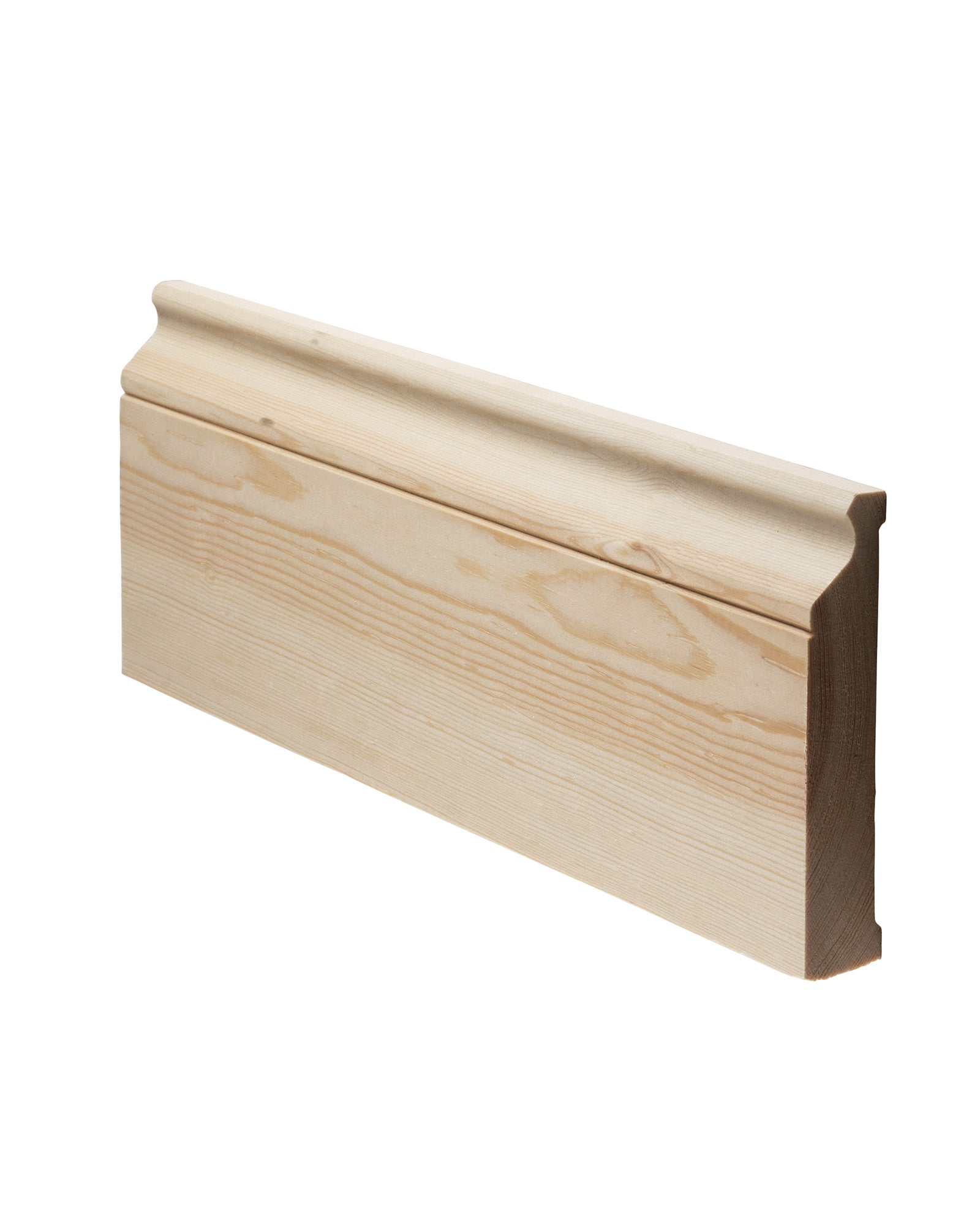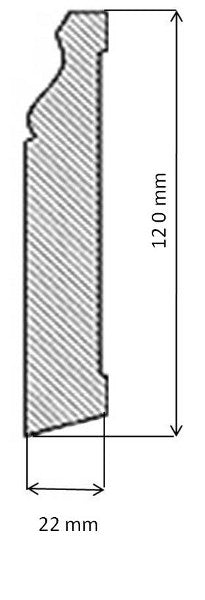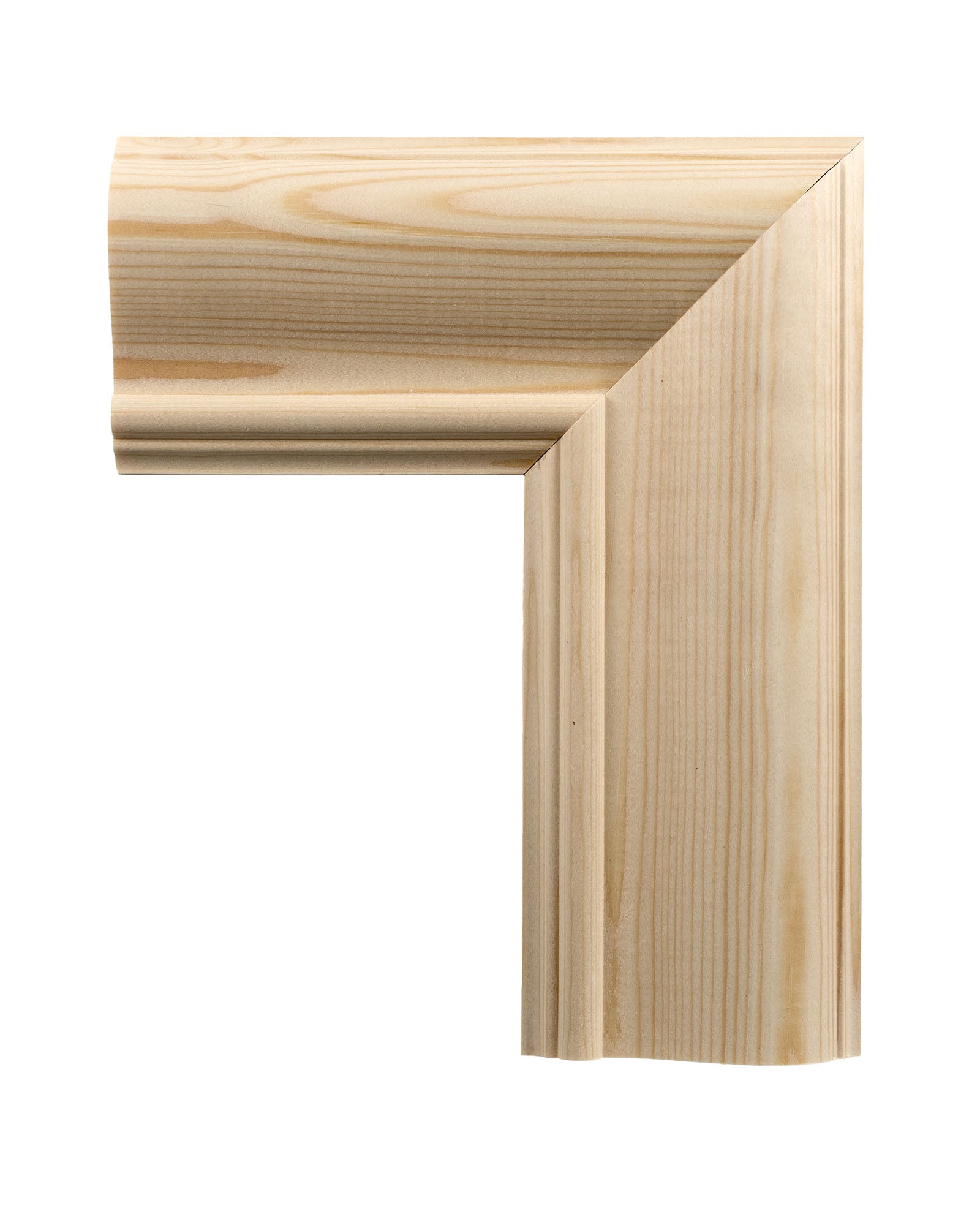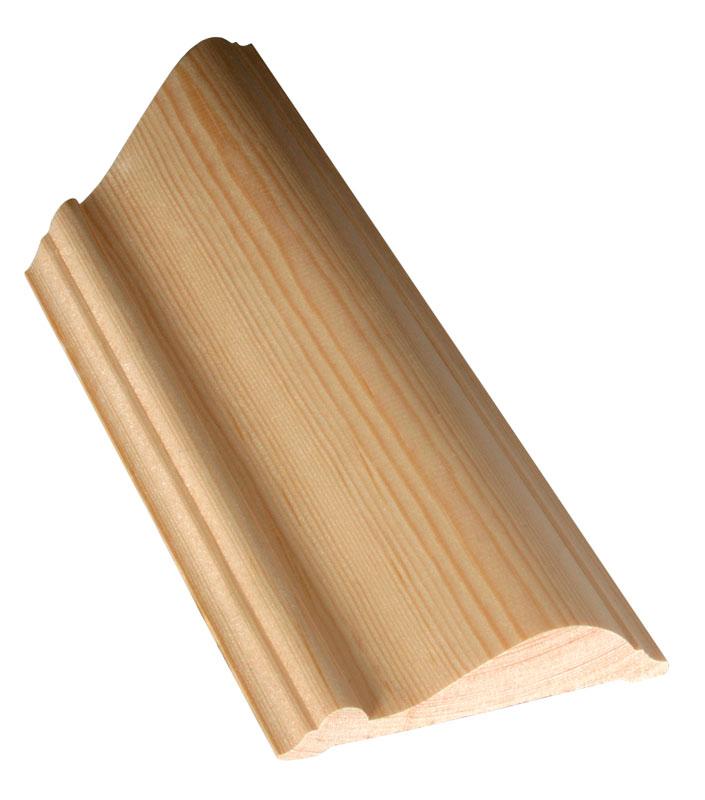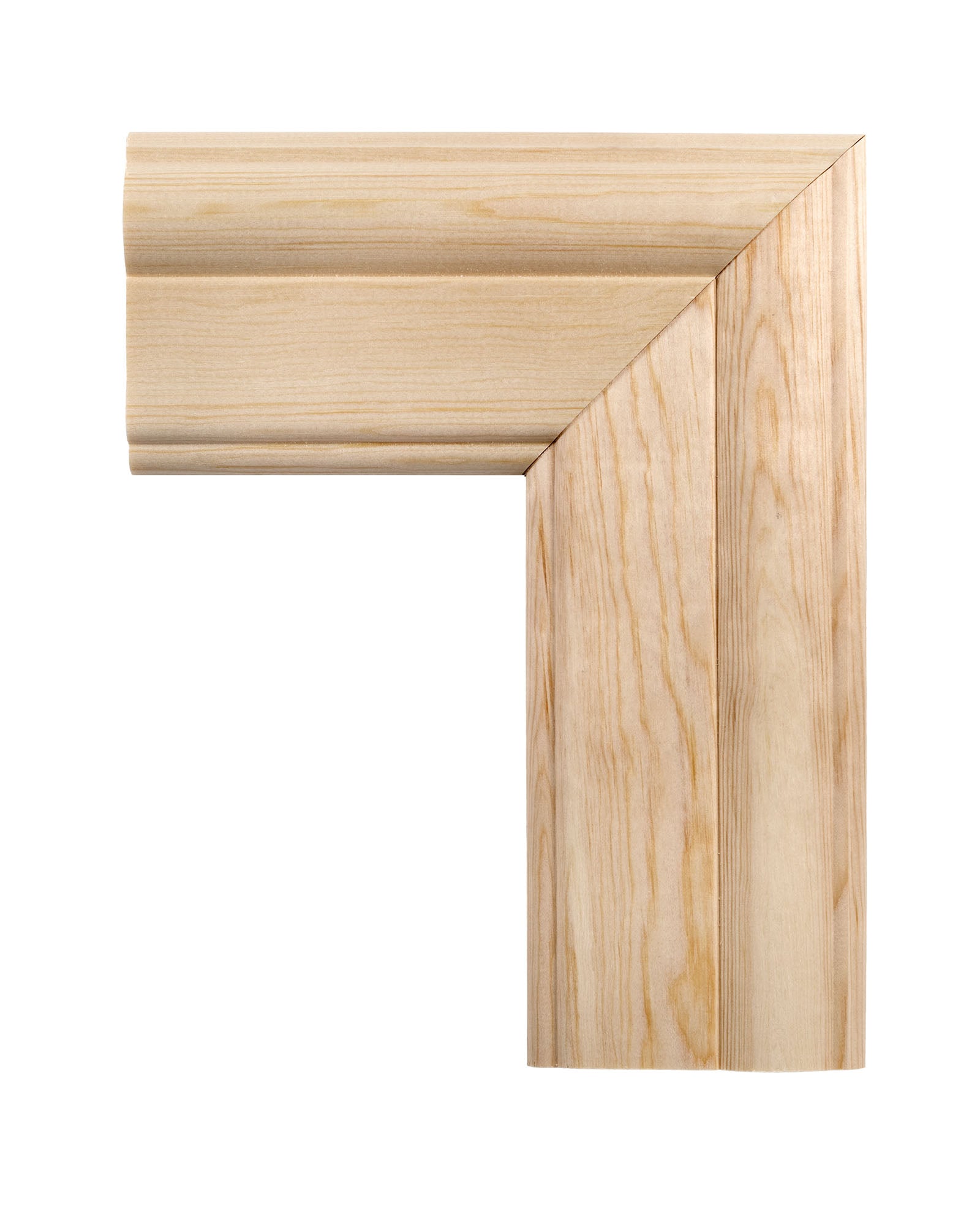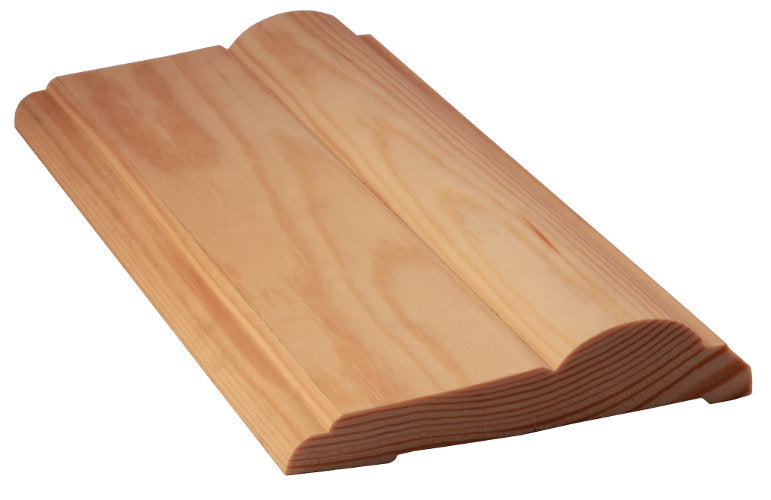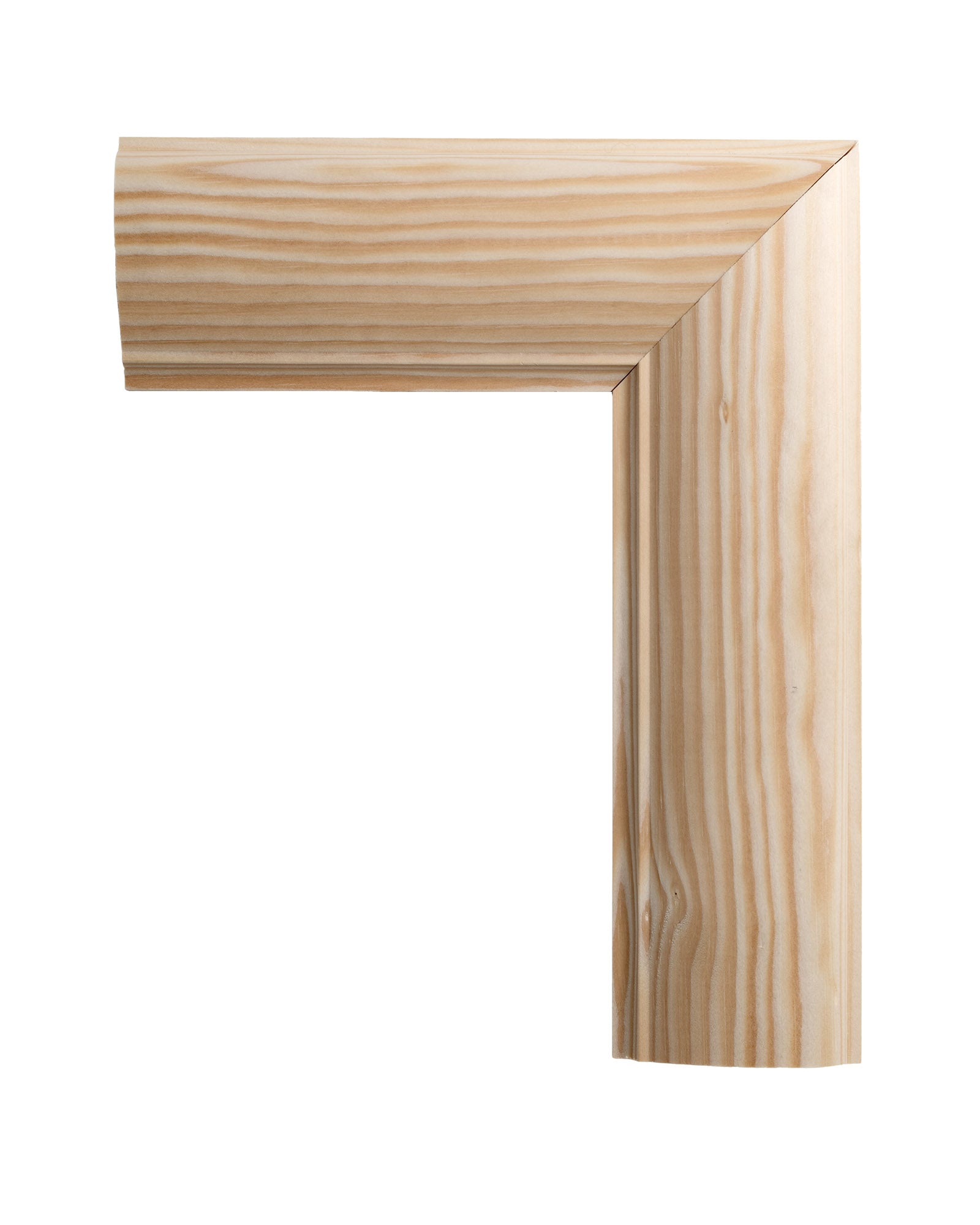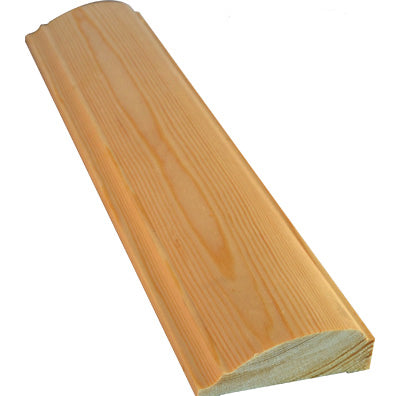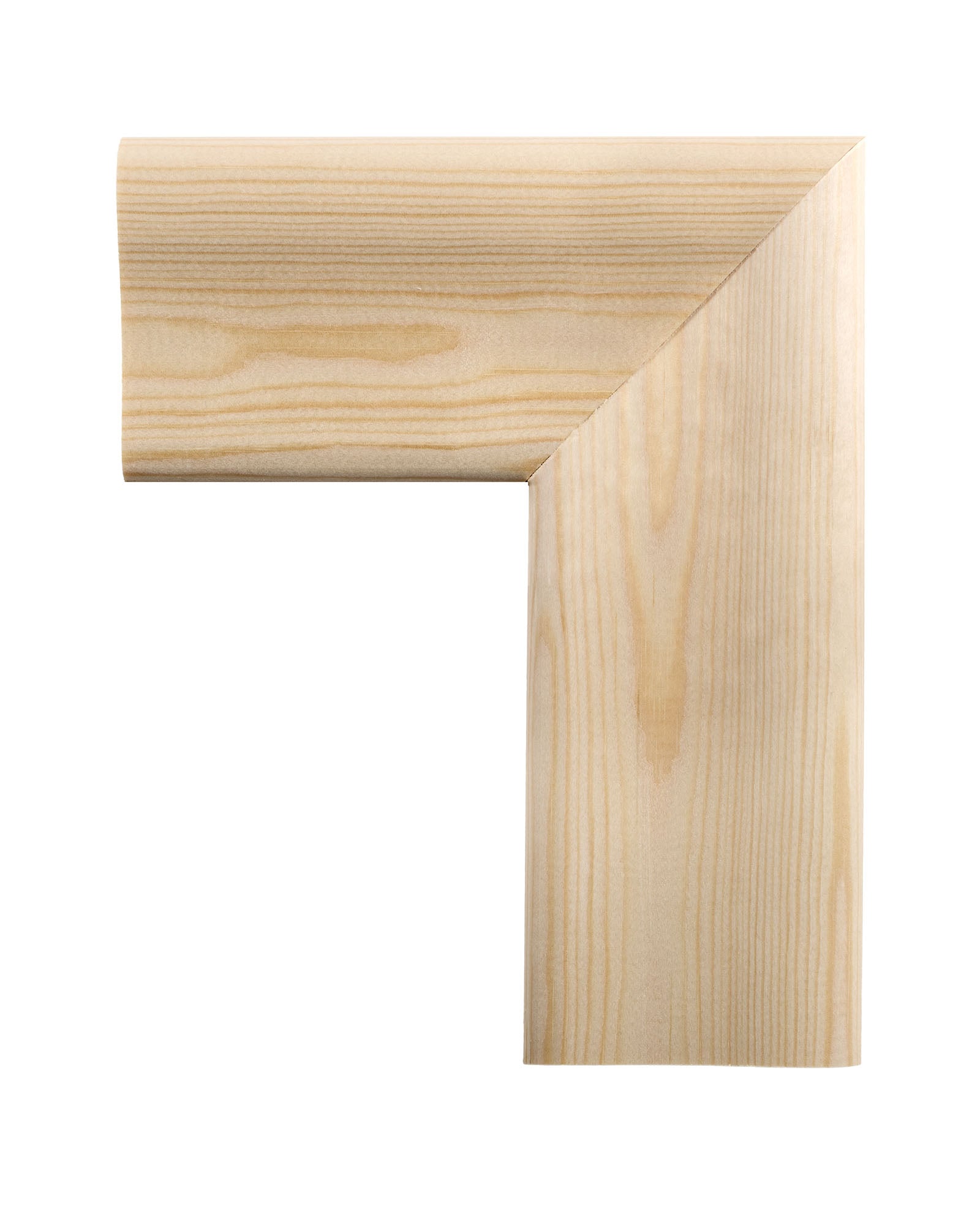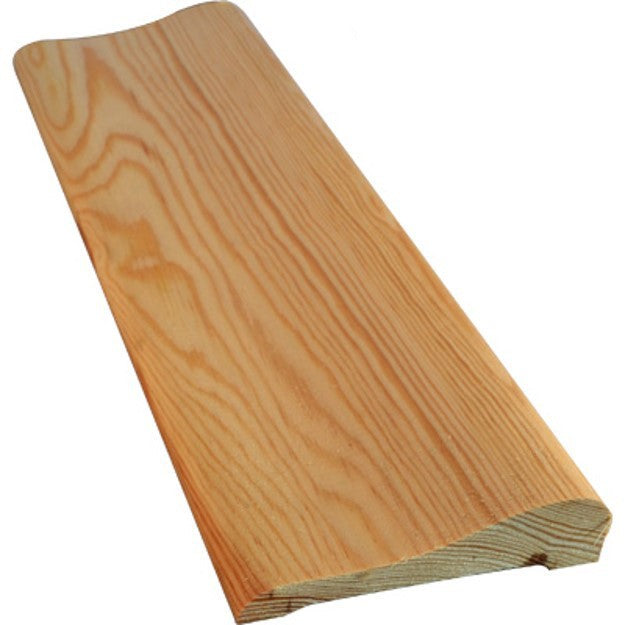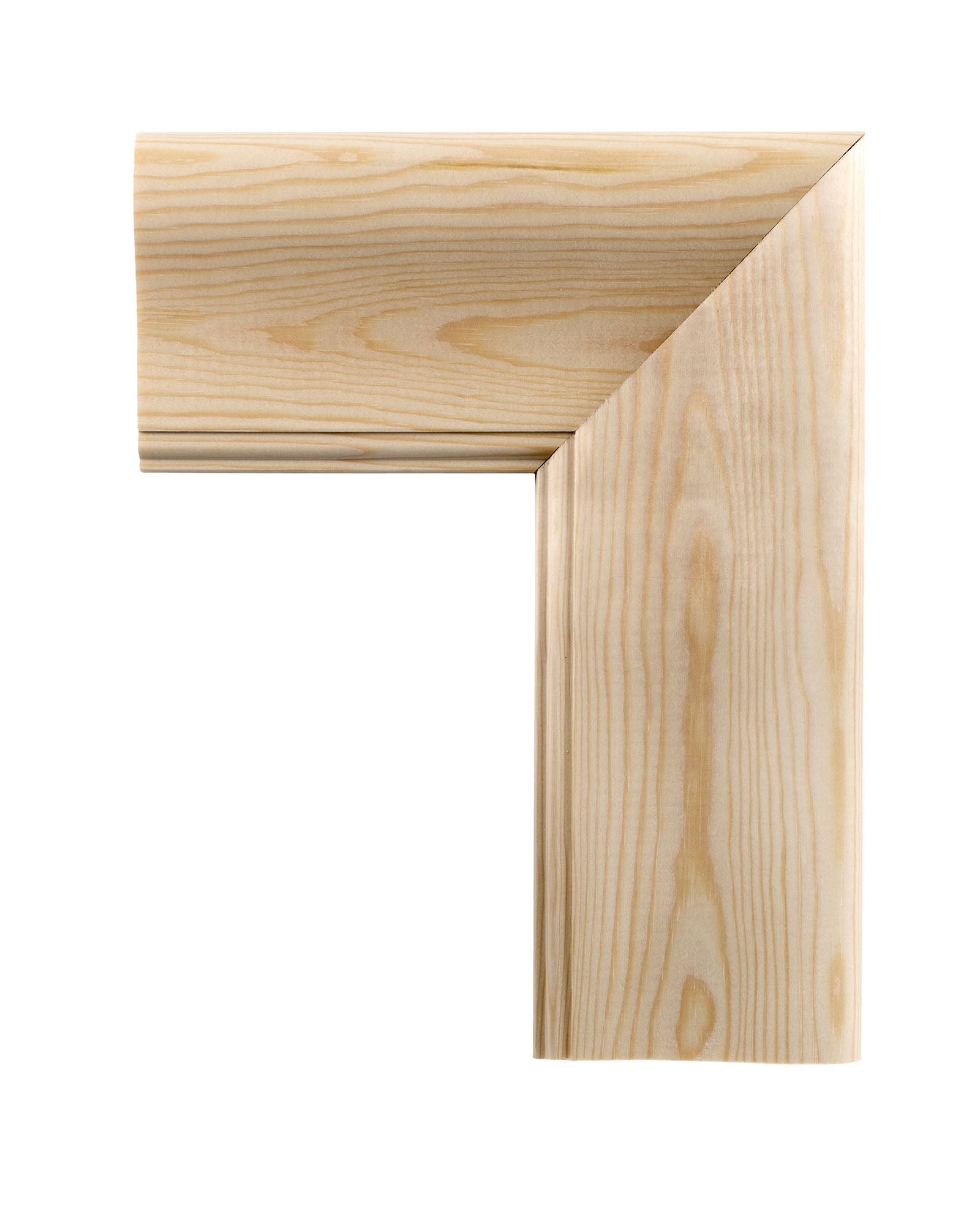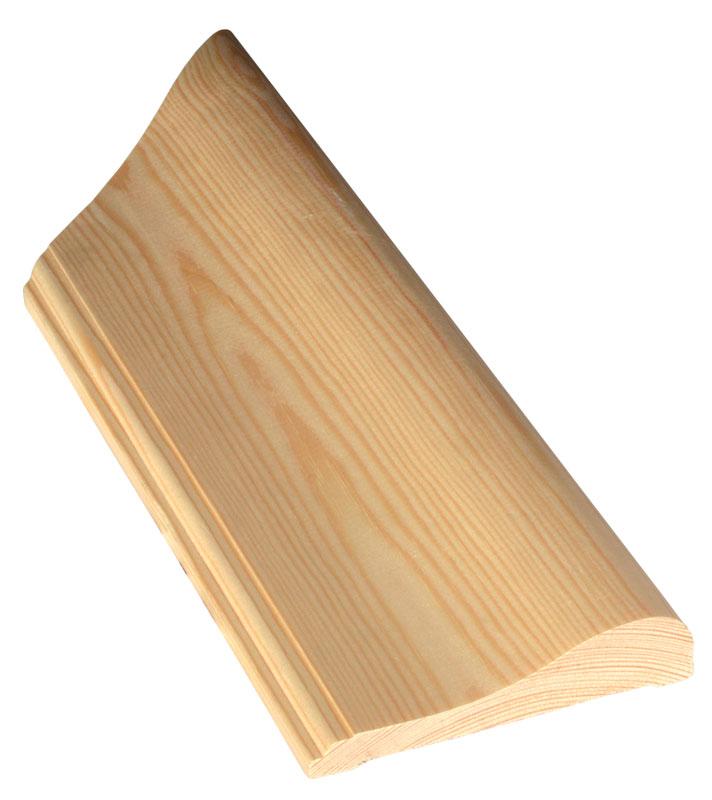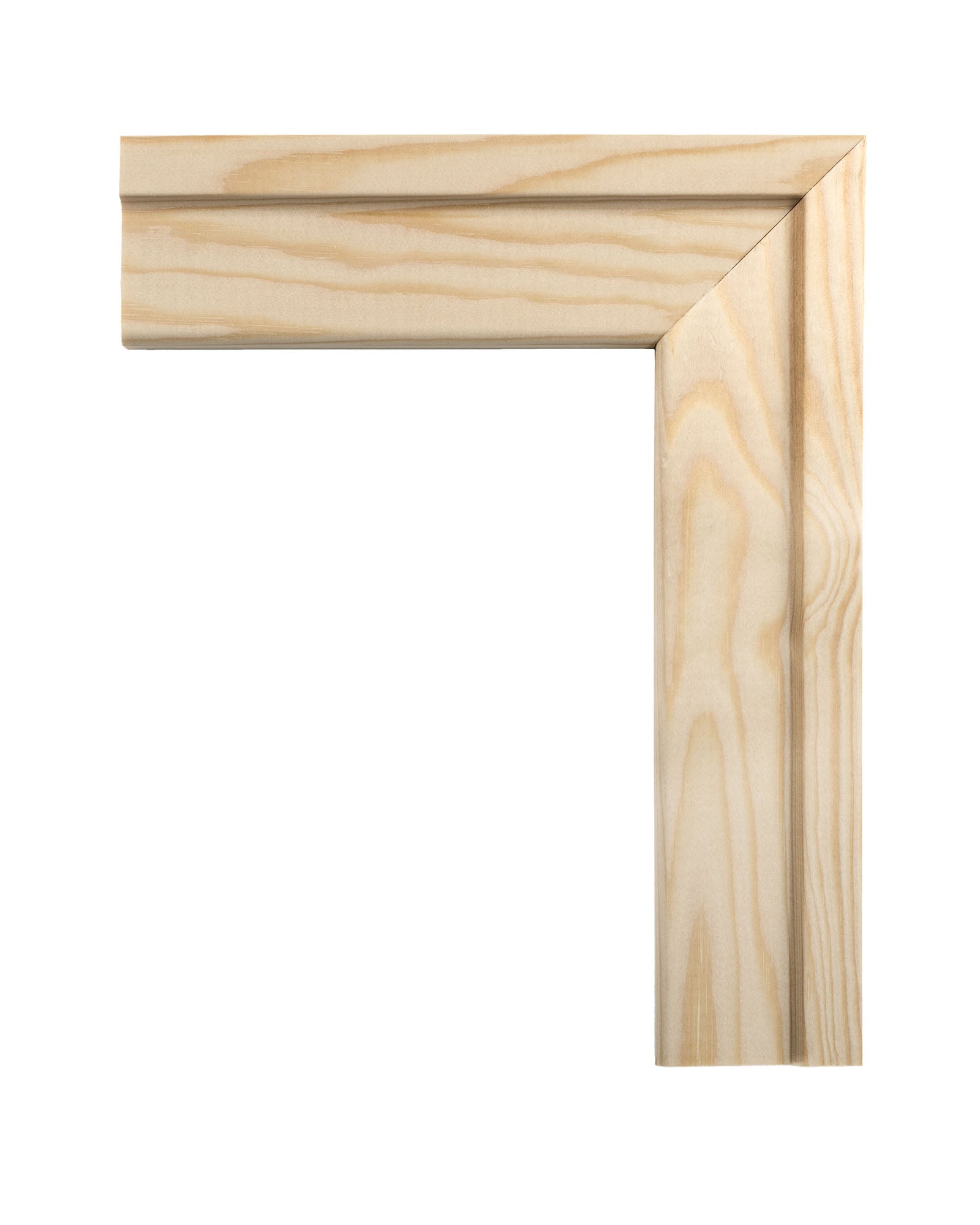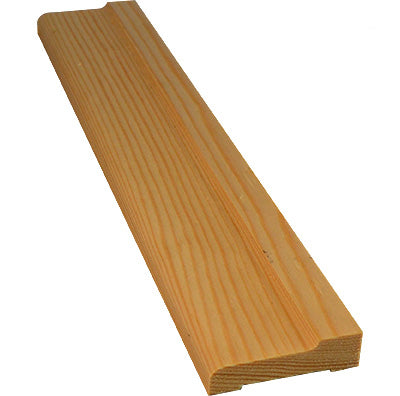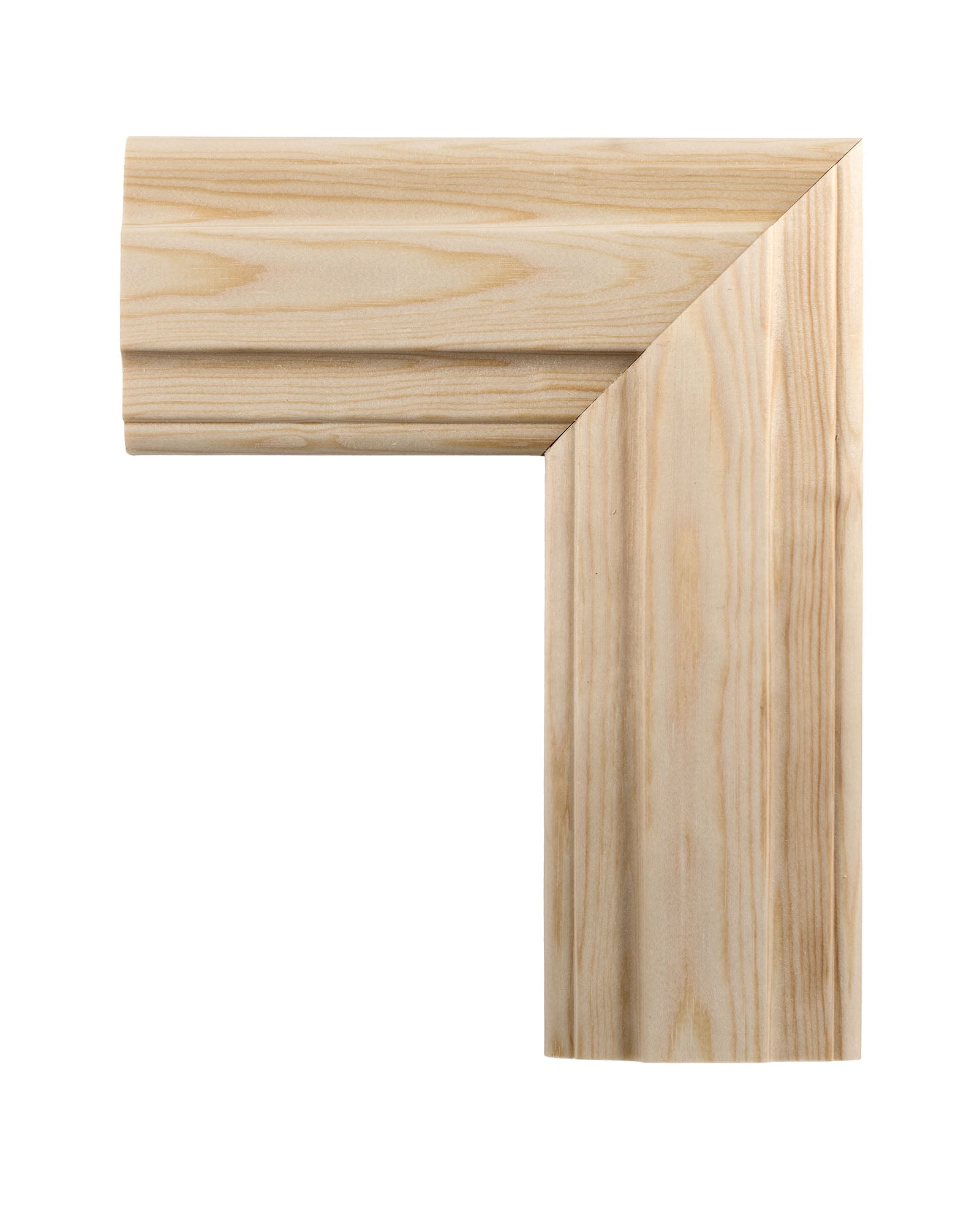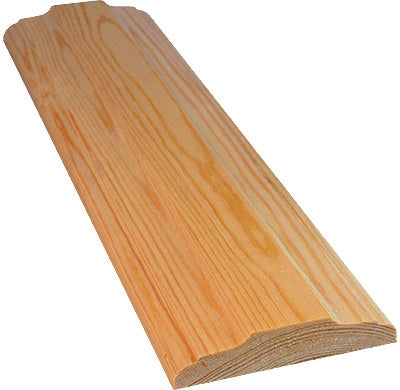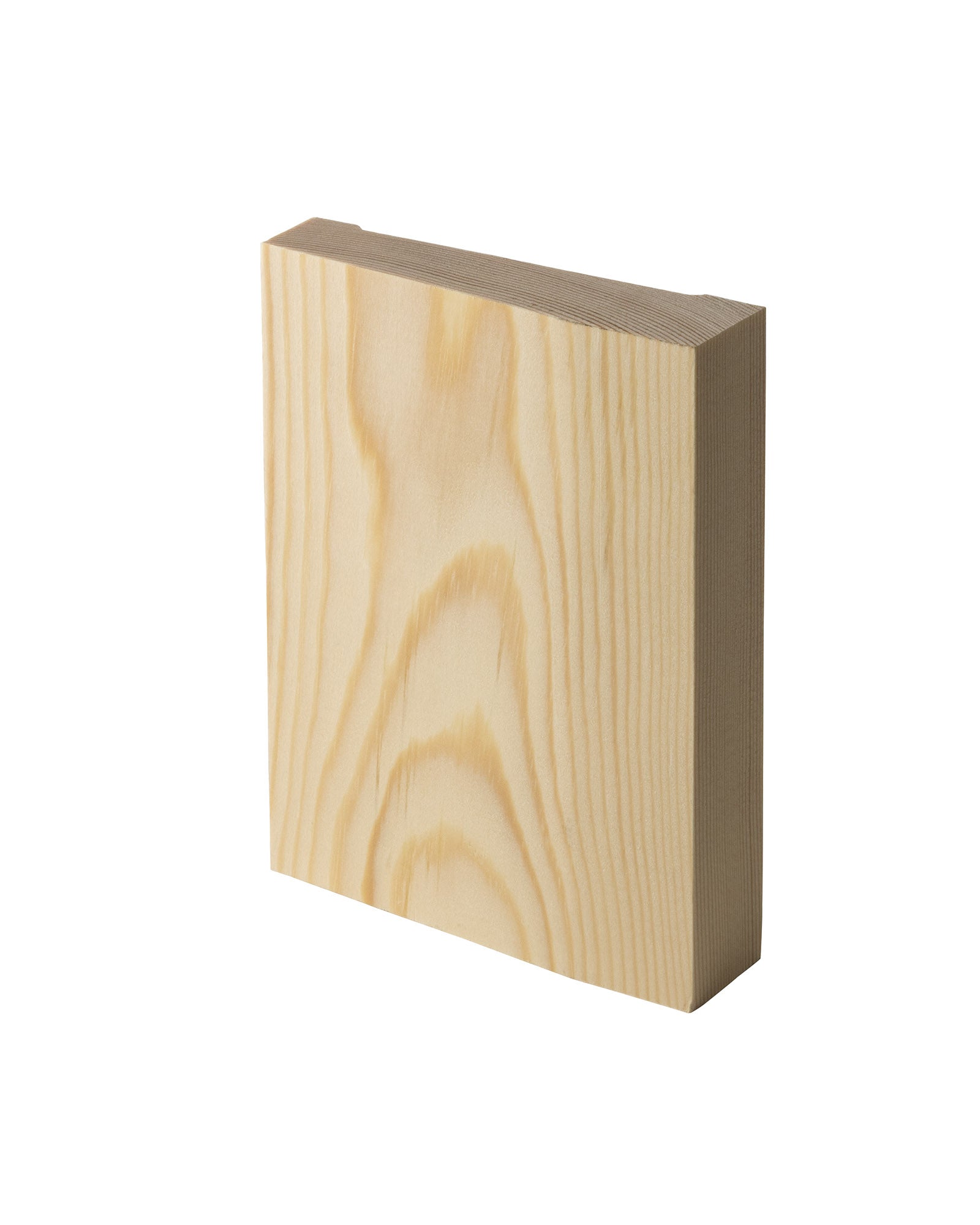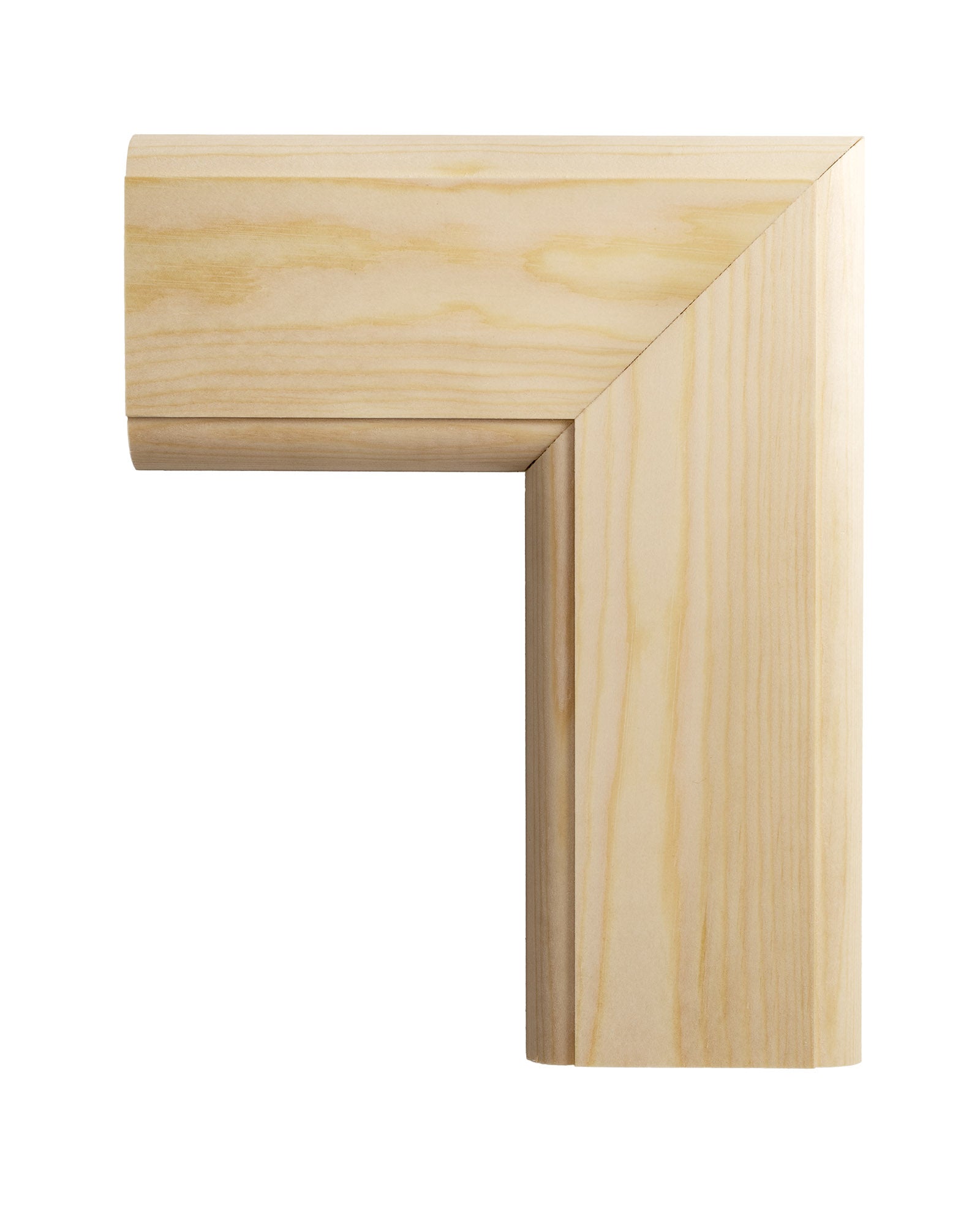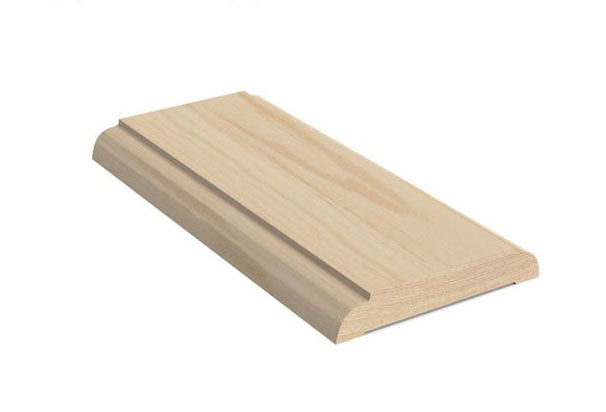In the 1920s, classicism became popular once again. However, this new style was very simplistic and lacked the elaborate decorative details of previous eras. The design now featured a more streamlined look, with a nod to the 100-year-old Swedish empire.
During the 1920s, baseboards were quite narrow, with a simple profile, often with a Rococo design. Door and window trim was even narrower than in the 1910s, normally between 7-9 cm (2.75-3.54 in.) The profiles were even simpler and featured soft pear-shaped curves.
The previous panels were still used but were gradually replaced by lower, narrower baseboards with a simple profile in a classic design. Panels continued to be used into the 1930s but were starting to be perceived as outdated and were replaced or covered with Masonite. The woodwork of the 1920s was painted in a brown-beige color or a white tone.
Most ceilings were completely smooth with a soft rounded molding against the wall. The white ceiling color extended 20-30 cm (7.87-11.8 in.) down the wall to where the wallpaper began. In larger apartments and villas, the ceilings often featured unpainted wood in different patterns.





























































































